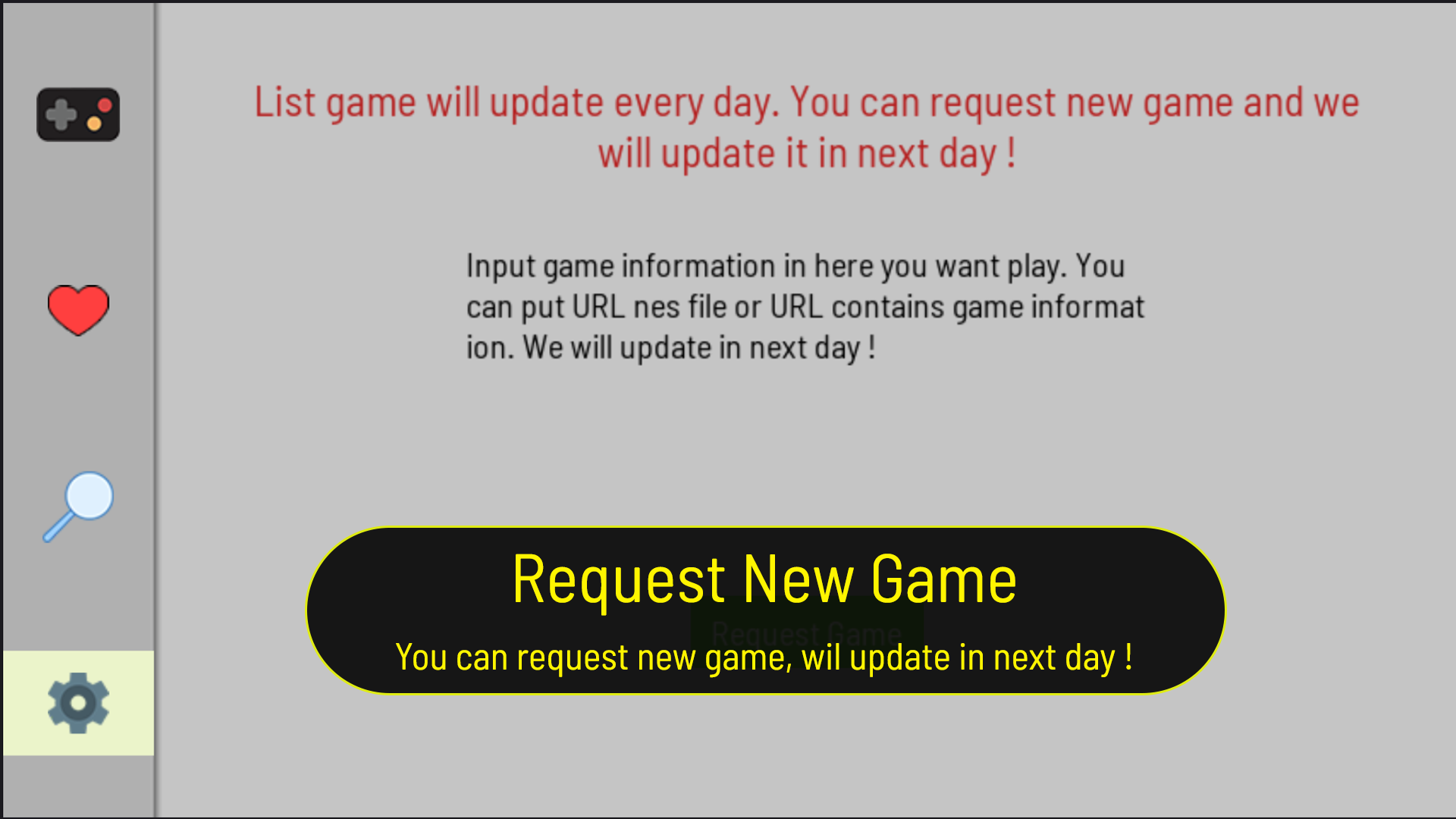
In the PrefernceCategory tag, you divide your preferences in a certain category and then display them together. it holds all the preferences that you are having in your application. In the PreferenceScreen tag, all the preferences will be present i.e. List Preference: This can be used to display a list of items and you can choose one of them.īefore moving on to the xml code, you should know the concept of PreferenceScreen and PreferenceCategory.Preference: To add some TextView that is not clickable or to use the TextView to open into the browser, then you can use preference.One example of this can be turning the vibration on and off. SwitchPreference: This is used to turn on or turn off a certain service in the application.This option is also present in the default Settings Activity. RingtonePreference: This can be used to change the ringtone of the notification that comes from the application.One example of this can be checking the option of file uploading using wifi as well as the cellular data.

#JNES EMULATOR SCREEN SIZE CHANGE HOW TO#
In this blog, we will look at how to implement the Settings by using the Basic Activity. If your application needs one or all the above three mentioned features, then you can add a Settings Activity, but if you want some customized settings in your application, then you should be using the first option of using the Settings option in your application by creating a Basic Activity.
#JNES EMULATOR SCREEN SIZE CHANGE ANDROID#
Also, the users don’t access the Settings frequently, because they change the Settings once and they rarely need to go back and change it again.Īlso, the user prefers to change the settings of the application by clicking on the Settings present inside navigation or is present in the menu item like below:Īnother way of creating a Setting Activity is to go to your Java/Kotlin code folder in your Android project and then right click > new > Activity > Settings Activity. Settings allow the users to change the behavior and functionality of a particular application instead of changing the behavior and functionality of all the applications present in the mobile device.

In order to use this functionality in our application, we can use the feature of Settings which is a part of Android Jetpack. Other examples include taking the current address of the user or setting the notification sound to a particular ringtone of your own choice. For example, if you want to increase the text size of the text present in your application and not to increase the text size of all the applications present in the mobile device. There are certain situations when you want to have some kind of Settings in your application apart from the Android default Settings.


 0 kommentar(er)
0 kommentar(er)
